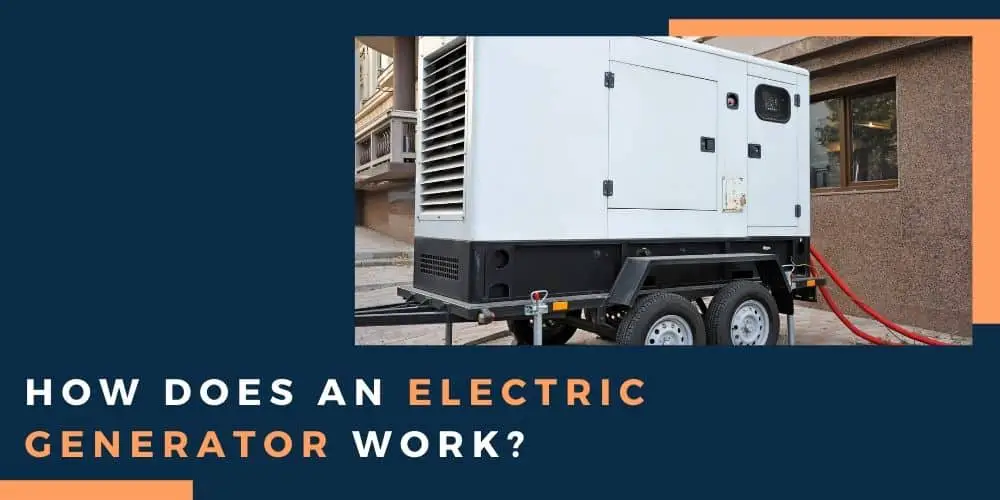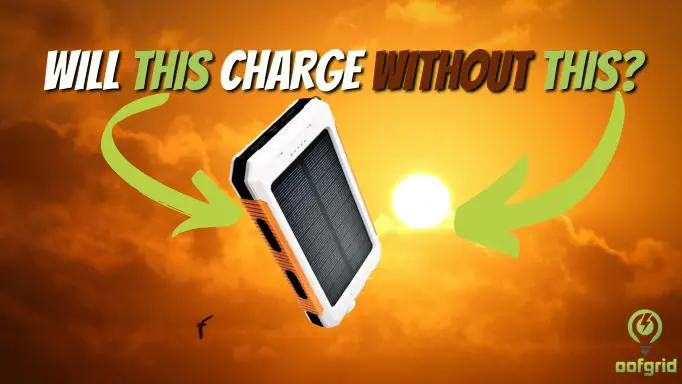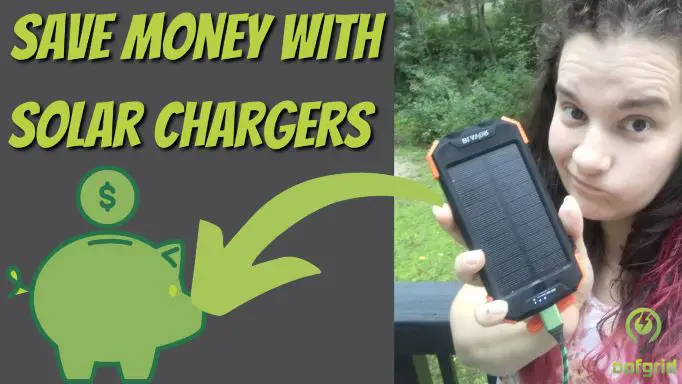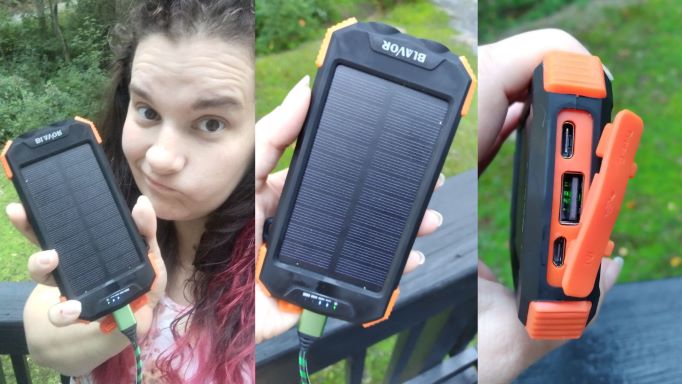An electric generator is a machine that can produce electricity when the mains power is unavailable. An electric generator does not need any assistance from other power sources as the inner workings are enough to create its own source of electricity.
Electric generators can relate to small, portable machines that can be taken on vacation with you or be used to power a motorhome. Alternatively, the umbrella term also covers industrial generators that can be used as a back-up supply of power to large businesses and buildings.
An example would be a hospital that cannot afford to be without power for any length of time.
An electric generator will keep all of the vital machines on during a power outage to prevent any people from being restricted from their life-saving medical care.
Electric generators can also be used to keep your house running during a power outage. Overall, you can just about purchase a generator for all of your needs. Generators can be powered by gas, propane, diesel, and bi-fuel.
Today we’ll be looking into how these generators work and how you can use them to enhance your home in case of emergency.

Contents
Parts of an Electric Generator
There are nine main parts inside of an electric generator that you should be aware of. Of course, these are not the only parts that make up a generator, but they are the most urgent ones needed.
Engine
Of course, the engine is the most important part of a generator as it supplies the energy to the rest of the generator. The power of the engine determines how much electricity your generator can create. The larger the engine, the more appliances your generator will be able to keep running.
Alternator
The alternator converts mechanical energy into electrical energy. Both moving and stationary parts within an alternator create an electromagnetic field that houses electrons and generates electrical energy.
Fuel Tank
The fuel tank is where the gas, diesel, or propane resides until it’s needed. Once the generator is turned on, the fuel will travel from the fuel tank to the engine’s combustion chamber to keep it running. There will also be a fuel filter to prevent any debris from reaching the engine and clogging it up.
Voltage Regulator
A voltage regulator is a device that can prevent the generator from producing too high voltage electricity. If the voltage was too high, your devices and appliances connected to the generator might be damaged from voltage surges. A voltage regulator can also convert the electricity to a direct or alternating current.
Cooling and Exhaust System
The cooling system prevents your generator from overheating and damaging itself. The exhaust system ensures that the fumes are somewhere safe to be discarded.
Lubrication System
A generator contains lots of small, constantly moving parts. If these are insufficiently lubricated, they will rub together and wear down prematurely. This can lessen the lifespan of your generator and prevent it from working as efficiently, so the lubrication system is very important.
Battery Charger
A battery is required to start up your generator, and that battery needs to be fully charged to ensure smooth operation. So, the battery charger can prevent the battery from going flat when you need it the most. The battery charger will supply the battery with a constant flow of low-level voltage to ensure that it is ready no matter what.
Control Panel
The control panel is in charge of all of the operations within the generator, from the startup itself to the running speeds. Modern generators have complex control panels that can often detect power dips and automatic shut off capabilities.
Exterior Frame
Finally, the exterior frame is the body of the generator and what holds everything together. It will house the outlets and important information about your generator.

How All of These Parts Work Together
Generators create electricity by converting mechanical energy into electrical energy. They do this by taking the power from a motion and turning it into electrical energy with electrons.
If you know how an electric motor works, think of an electric generator as the reverse action of this.
The fuel tank sends fuel to the engine which can then supply power to the alternator. The alternator converts the mechanical energy into electricity which can then be sent to the voltage regulator.
Here the electricity will be amended to however your devices and appliances need it. Once the electricity is perfected it can travel to the outlets and down to your appliances. The outlets will determine how many and what type of devices you can plug into your generator.

Your generator will continue creating electrical energy and feeding it to your appliances until you turn it off. While all of this is happening, your generator is getting very hot.
The cooling system prevents the machine from overheating and the lubrication system will stop your generator from damaging itself.
How to Turn a Generator On
How you turn the generator on will depend on whether it’s a portable generator or not. Portable generators often have either a switch that can be pressed to start it up or a pull cord toggle.
The former method is easier, although the latter is less expensive to manufacture.
However, some larger generators are designed for back-up power in emergencies only and these can be turned on automatically as soon as they notice that the mains power is out.
This is especially helpful for commercial buildings, such as hospitals, when you can’t be left without power for the amount of time it would take to start up the generator.
Summary
We hope that you’ve learned some useful information about your electric generator and how it works. Of course, all models of generators vary slightly in how they work, but the above is a simple explanation that can apply to the majority of generators.
If you want to know more about your personal generator, we suggest looking at your user manual or researching the specific make and model of your generator.






